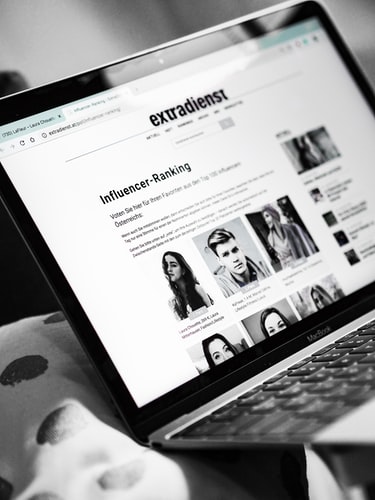Nearly a quarter of FMCG companies suffered a $100,000- $250,000 loss from a negative influencer experience. Let us find more about this.
Remember the time when we saw Shahrukh Khan promoting Fair and Handsome and Aishwarya Rai Bachchan appearing in those Lux ads. Oh boy! At one point our naive selves were convinced that they must be using these products or that using similar products will give us a boost. Was boost really the secret of Dhoni’s energy?
You must be living under the rock if you don’t know or admit to the economic fall down caused due to the pandemic. Fast Moving Consumer Goods (FMCG) is the fourth largest sector in the Indian economy. While it did feel the brunt of the pandemic, it slowly started uprising. To be fair, the sector did not completely fall on its face.
As we moved from our big bulky TV screens to our compact and slim phones, the way a brand communicates changes too. Influencer marketing is on the rise. Most brands are investing in micro-influencers who tend to get much more sales and traffic at a lesser cost. However, the experience has not been all rosy.
According to a report by Governance, risk and transparency solutions provider, Duff & Phelps –
- Nearly a quarter of FMCG companies suffered a $100,000- $250,000 loss from a negative influencer experience.
- By 2021 almost half of FMCG companies are set to spend 30-50 percent of their marketing budget on influencers.
- More than one in 10 FMCG companies gained $1.1mn-$5mn from their most successful influencer campaign.
They released a “Face Value” report which assessed the state of influencer marketing for FMCG brands currently. It also looked at the pandemic aspect of it.
The devotion towards the digital side is huge and the pandemic has re-emphasised on this. Today the digital world is ruled by the influencers. In less than a decade they have proved their worth and influencer marketing has emerged as a whole separate branch of marketing. It is expected to be a $15 billion global industry by 2022. More than a fifth (22 percent) of fast-moving consumer goods (FMCG) companies around the world spend between $1.1 million (mn)-$5 mn on influencers. The influencer’s strong and distributed hold on online platforms contributes to the sale of these FMCG brands.
By 2021, nearly half of FMCG companies (46 percent) expect to spend 31-50 percent of their total marketing budget on influencers, more than 20 percent compared to the average spent between 2018-2020.
However, this can be an expensive and risky journey too. Over four-fifths (85 percent) of FMCG companies globally have had their brand negatively impacted due to an association with an influencer, with a quarter (24 percent) of these companies claiming to have been adversely affected multiple times. The problems appear to be most acute in mainland Europe, with Spain, Italy, France and Germany registering the highest percentages for multiple influencer incidents.
With a recent spike in fake followers cases, companies and brands have started doubting the credibility factor of such influencers. A lot of times these influencers and celebrities are found having fake or bot accounts that follow them and sometimes comment on them. This is against the policies of various social media platforms and one can be legally charged by brands and other parties if suspected of such malicious activities. These are not limited to micro influencers only. Even verified accounts are known to be involved in such shady business. We remember the fake followers of Badshah right?
Earlier marketing teams would involve high paid superstars for their ads but now the focus on influencers is more economical and effective. One of the reasons being authenticity. Influencers are more likely to influence the choice of a product bought than a superstar.
Globally, almost a third of FMCG businesses (32 percent) said their most successful influencer campaign brought in between $250,000-$500,000 worth of sales. More than a quarter (28 percent) experienced a $500,000-$1 mn sales uplift.
The numbers are enticing but one cannot forget the financial and reputational risks involved. Which to be fair is present in almost all forms of marketing.
The influencer industry is booming and there are a lot of influencers present out there. So, how does one choose?
The largest proportion of FMCG firms globally employ a dedicated person or team to help them with their prospective influencers. There are a lot of talent management and influencer management and marketing companies now.



